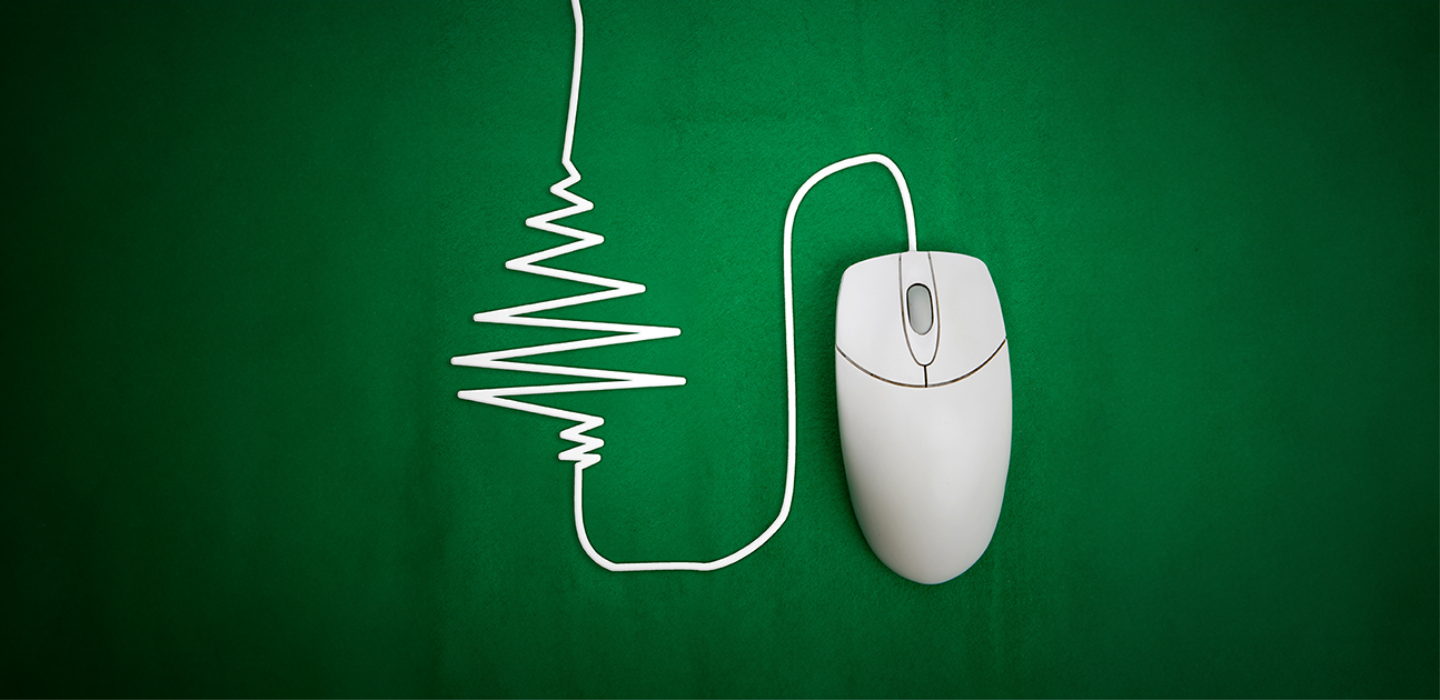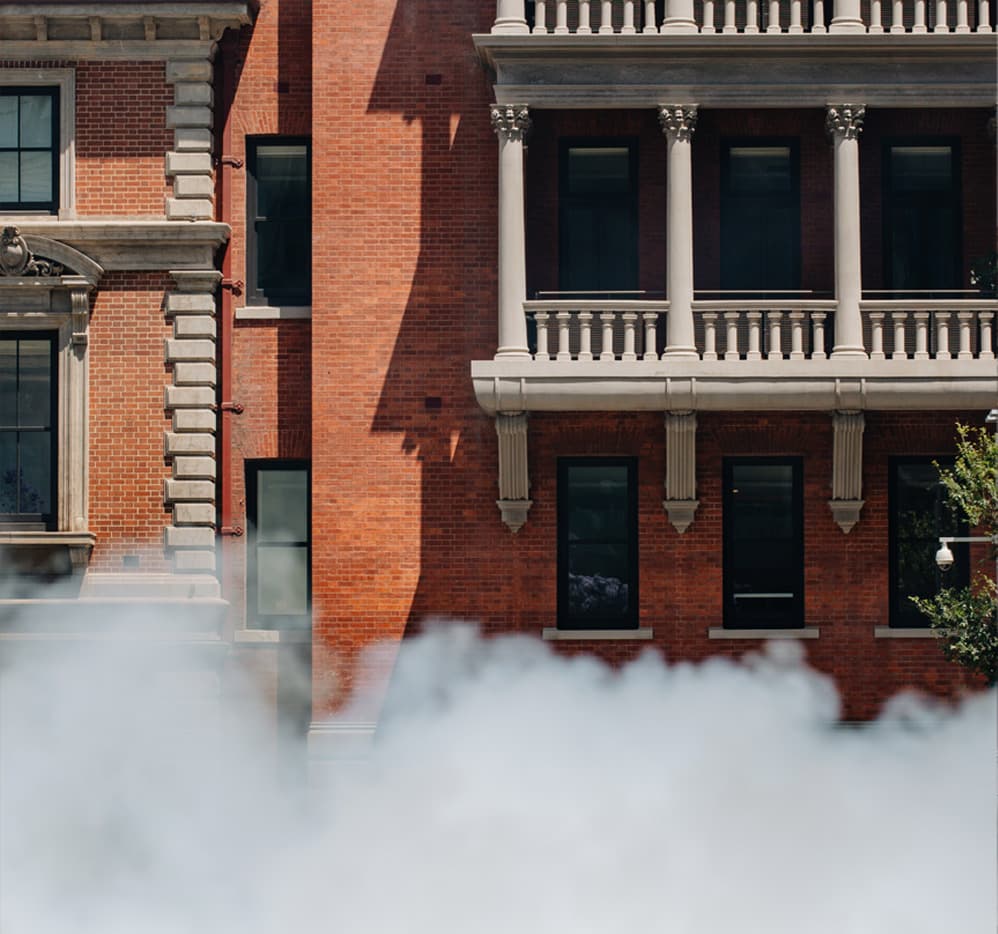
Be Connected: Safer Online Shopping – Festive Season Edition
The festive season can be a busy and stressful time, with many Australians ...
VIEW THIS EVENT
Plastic pollution is a serious threat to our oceans, marine life and human health. Yet all of us, scientists included, still know very little about where our rubbish goes once it ends up in the ocean.
When scientists first found the so-called ‘Great Pacific Garbage Patch’, it seemed the surface waters of the open ocean gyres might hold the answer to where our plastic trash goes. This created global initiatives that aimed to clean up our oceans and many studies in other open ocean basins. Yet the amount of plastic that enters the ocean every year is far greater than we find in the open ocean’s Garbage Patches.
So, are there plastics concentrated in coastal waters as well? And if these ‘Coastal Garbage Patches’ exist, how can we find them?
About Sara Hajbane
Sara is an Oceanographer and Archaeologist studying plastic pollution. She hopes to catch a glimpse of the stories behind the plastics in our seas to help policy makers and educators tackle the problem of plastic pollution more effectively. Her interests are in anthropogenic changes to marine environments, physical oceanography, indigenous knowledge systems, and citizen science.
Date: Thursday 4 July 2019
Time: 6.30pm to 7.30pm
Venue: City of Perth Library, 573 Hay Street, Perth
Cost: FREE
Book: Online at trybooking.com/495710
Book now as places are limited.
This event is run in partnership with the UWA Oceans Institute. Image: Pelagic Plastic II © Tim Pearn.

Want to stay updated? Subscribe to our mailing list to always be the first to know what’s going on at Cathedral Square.